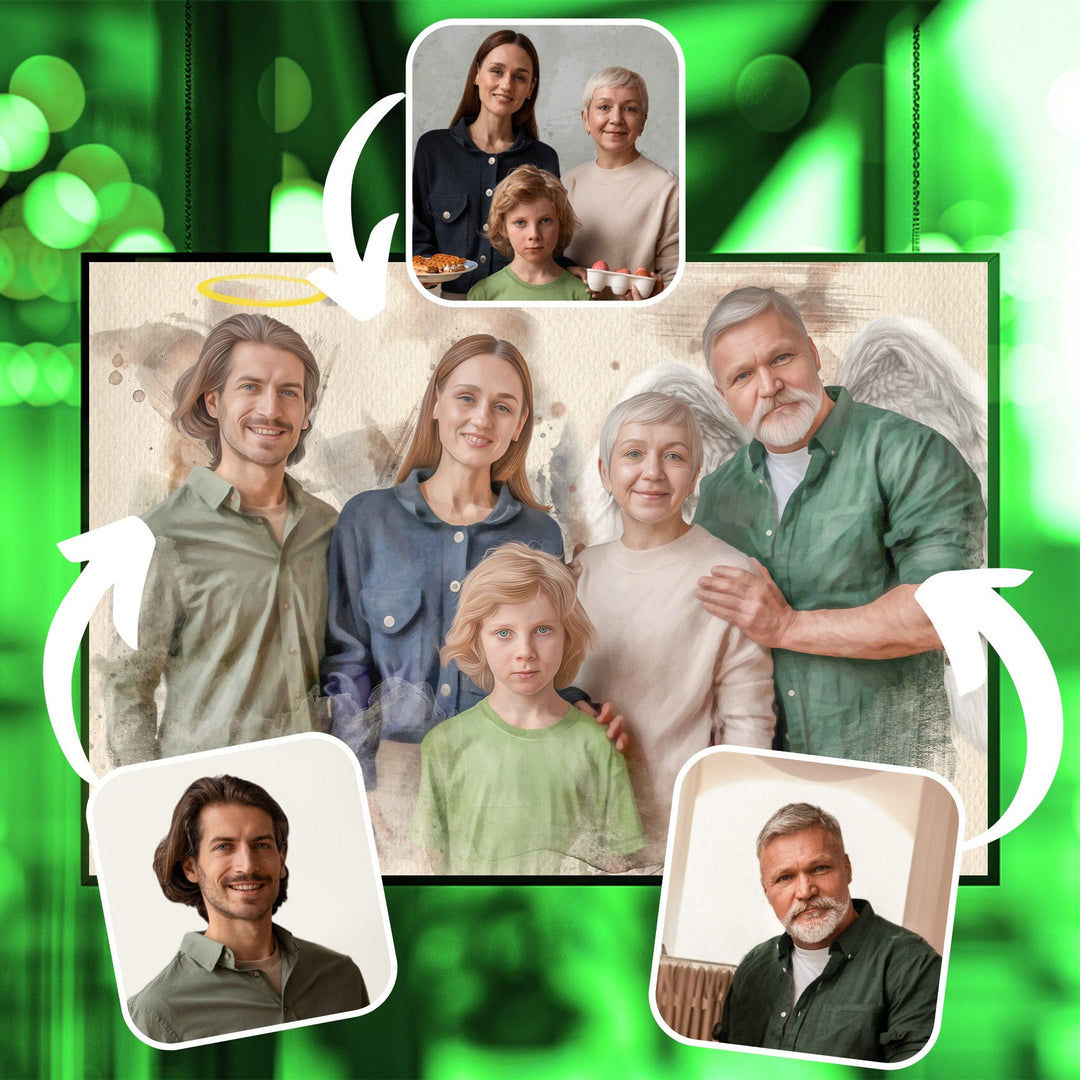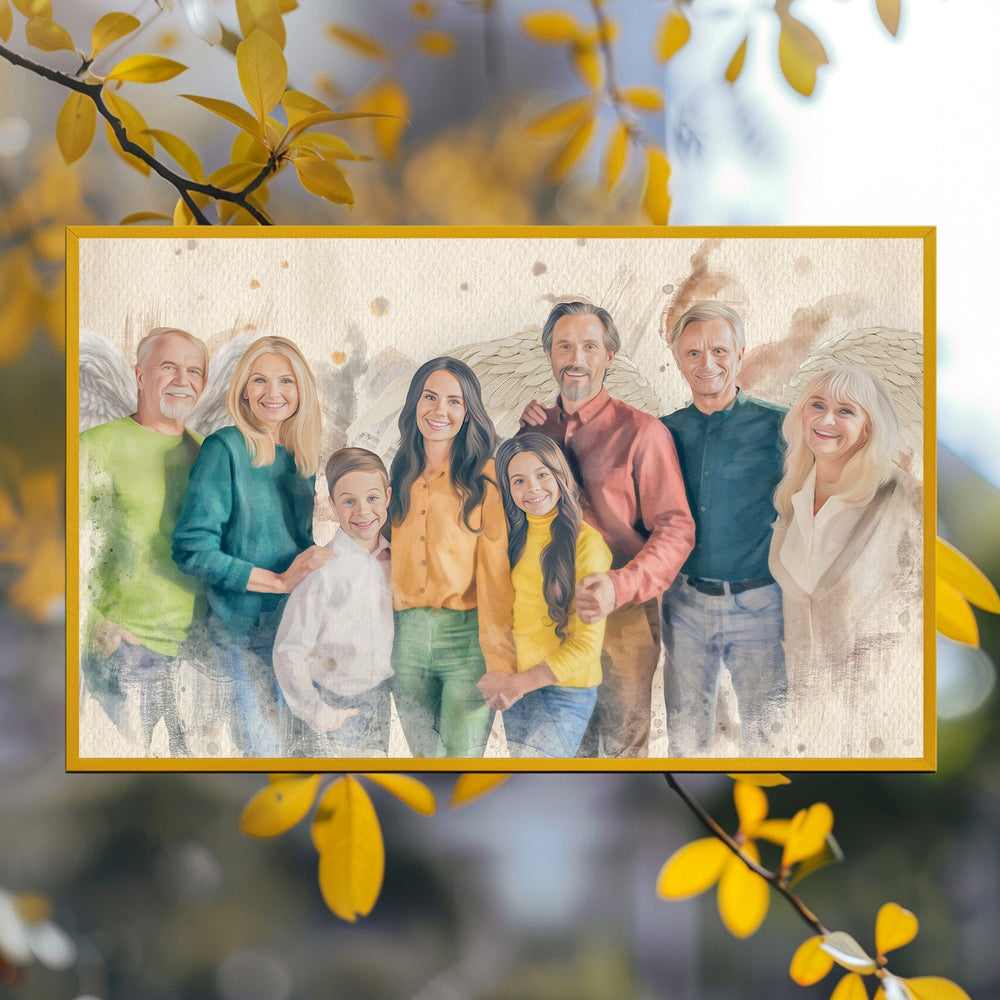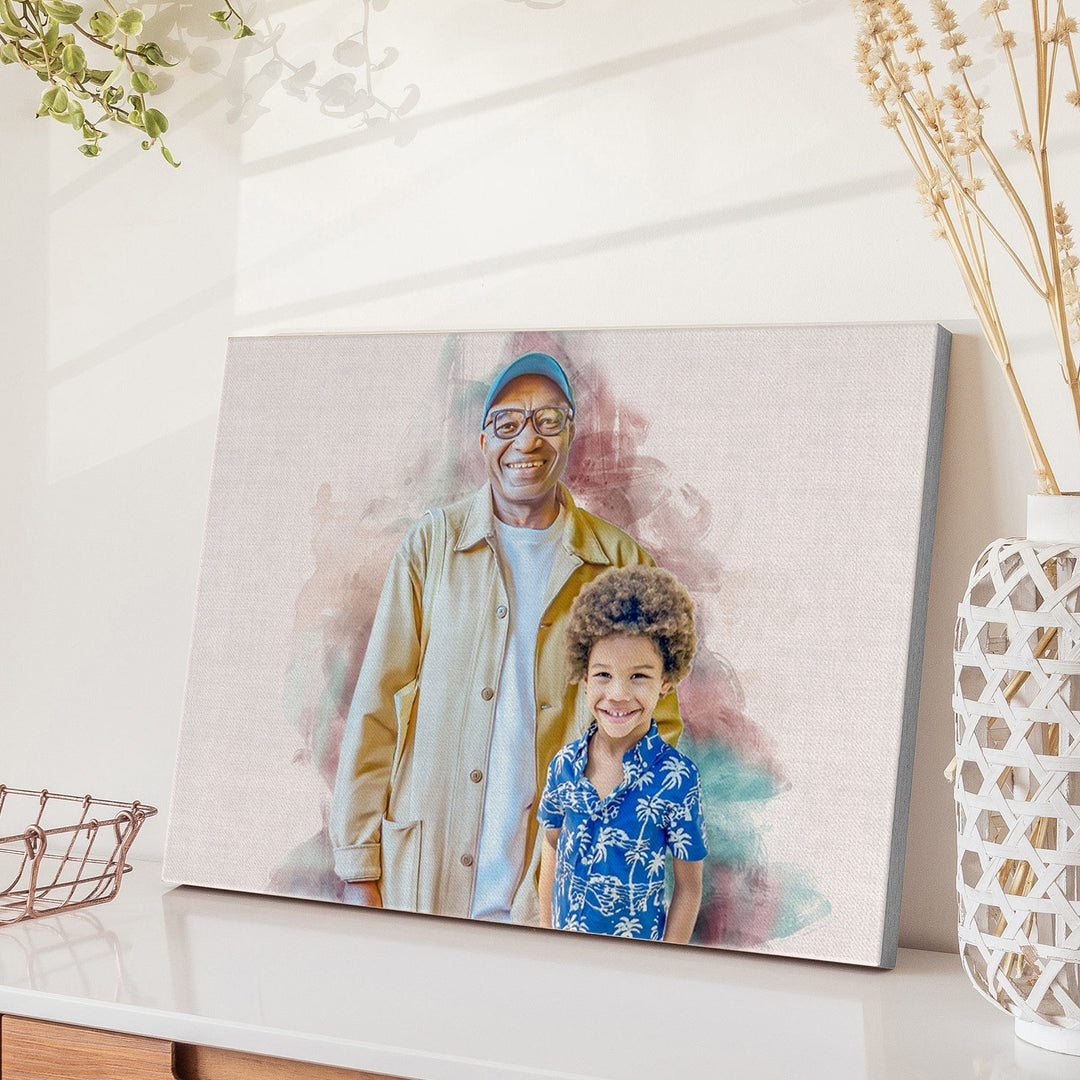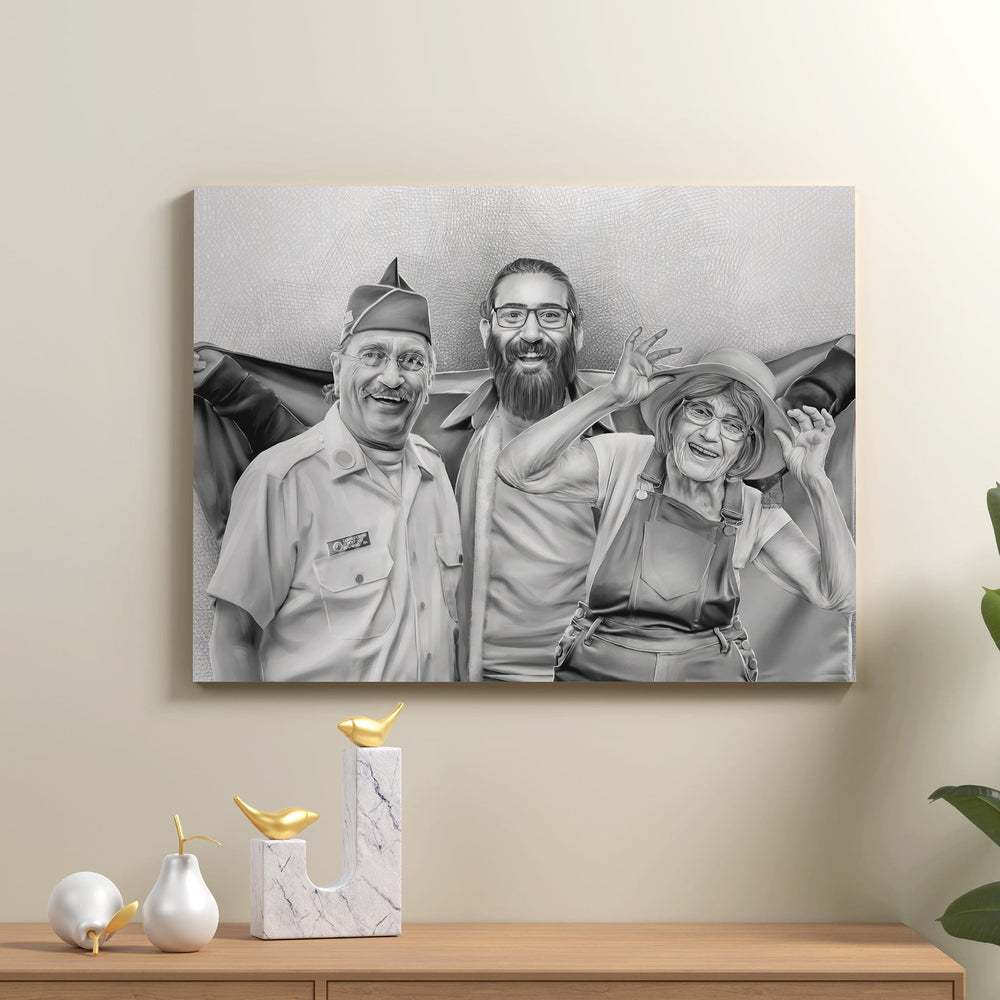Baroque vs Renaissance Art: Which Movement Had a Greater Impact on Art History?
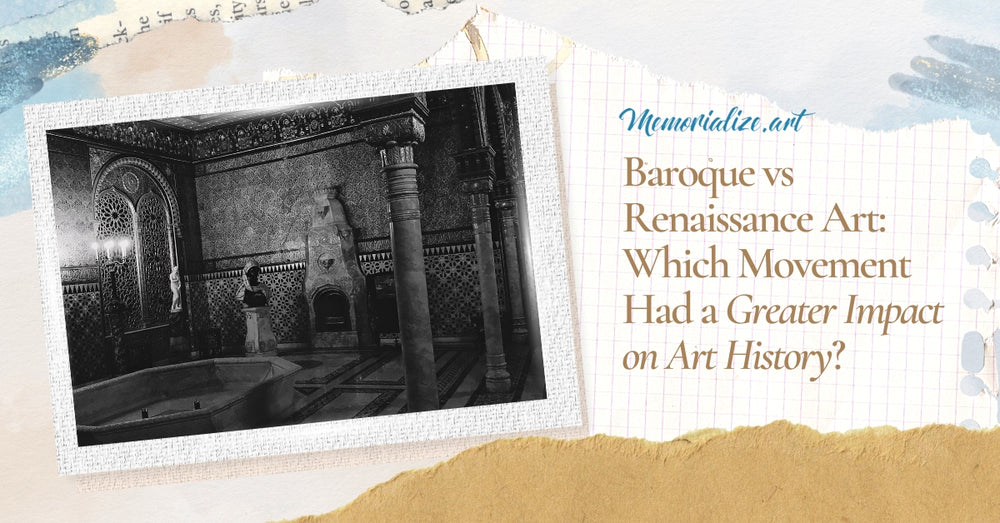
The debate over Baroque vs Renaissance art is a fascinating discourse that delves deep into the heart of art history. These two monumental movements, each with their distinct styles and cultural influences, have left an indelible mark on the canvas of time. But which has had the greater impact? The Renaissance, with its rebirth of classical understanding and harmonious proportions, set the stage for artistic revolutions to come. Meanwhile, the Baroque era, with its dramatic expressions, intricate details, and emotional depth, pushed the boundaries of art to new heights. In this exploration, we'll compare and contrast the defining elements of the Baroque and Renaissance periods to determine their individual and collective legacies in shaping the trajectory of art history.

Historical Context of the Baroque and Renaissance Periods
The historical context of the Baroque and Renaissance periods is pivotal in understanding their respective influences on art history. The Renaissance, spanning roughly from the 14th to the 17th century, was a period of great intellectual and cultural awakening in Europe, inspired by the rediscovery of classical philosophy, literature, and art. It was an era that celebrated humanism, where artists like Leonardo da Vinci and Michelangelo sought to capture the beauty of the natural world and the ideal human form, leading to an art of balanced compositions and serene narratives.
In contrast, the Baroque period, which flourished from the late 16th to the mid-18th century, emerged in a time of dynamic change, characterized by the Counter-Reformation and the rise of nation-states. Baroque artists like Caravaggio and Bernini infused their works with dramatic tension, grandeur, and a sense of movement, reflecting the turbulent times and the Church's desire for emotional engagement and grandiosity in religious paintings. These periods' distinct historical contexts gave rise to their unique artistic expressions, both leaving a profound impact on the evolution of art.
Key Features of Baroque Art
Baroque art is renowned for its intricate details, dynamic compositions, and emotional intensity. Here's a closer look at the key features that define this artistic movement:
Composition
Baroque compositions are dynamic, often filled with a sense of movement and drama. Unlike the balanced and orderly Renaissance works, Baroque art frequently features asymmetrical compositions, with sweeping diagonals and grandiose scales that create a sense of awe. The arrangement of elements in Baroque art is designed to involve the viewer, making them feel as if they are part of the scene.
Lighting
Lighting in Baroque art is dramatic and used to heighten the emotional intensity of the scene. The technique of tenebrism—sharp contrasts of light and dark—is characteristic of the Baroque period, as seen in the works of Caravaggio. This stark lighting often serves to spotlight figures and heighten the dramatic impact of religious and mythological subjects.
Subject/Themes
Baroque art subjects are diverse, ranging from religious to mythological to everyday life, often portrayed with a dramatic flair. The themes are imbued with emotion, energy, and a sense of direct engagement with the viewer. The artwork is meant to inspire awe and often serves a propagandistic purpose, particularly in the context of the Counter-Reformation, where art was used to convey religious themes in a direct and emotional way.
Key Features of Renaissance Art
Renaissance art is renowned for its devotion to classical purity, humanistic principles, and a scientific approach to capturing life and nature. Here are some of the key features:
Composition
Renaissance compositions are known for their harmony, balance, and order. The use of perspective is one of the defining features, creating a lifelike depth and three-dimensionality on flat surfaces. Renaissance artists often used the Golden Ratio to create proportionally pleasing and naturalistic scenes, where every element is carefully placed to lead the eye through the painting.
Lighting
The Renaissance saw the introduction of chiaroscuro to depict volume and depth through the subtle degree of light and shadow, although not as dramatically contrasted as in the Baroque. This technique added softness and realism to figures and objects, creating a more natural appearance of space and form.
Subject/Themes
The subject matter in Renaissance art largely revolves around religious themes, classical mythology, and portraiture. However, the approach to these themes is more restrained and measured compared to the Baroque. Humanism plays a significant role, focusing on the beauty and potential of the human form, intellect, and emotion, depicted in a way that emphasizes proportion, poise, and calm dignity.
Major Artists and artworks Associated with Baroque Art
The Baroque period was a time of dramatic intensity and grandeur in art, with artists pushing the boundaries of emotion, detail, and expression. Here are some major artists and their artworks that define the Baroque era:
Caravaggio / "The Calling of Saint Matthew"
Caravaggio is often hailed as the pioneer of Baroque painting, known for his stark use of chiaroscuro and the intense realism of his figures. "The Calling of Saint Matthew" is a prime example of his work, displaying dramatic lighting and a moment frozen in time that combines a spiritual narrative with the gritty realism of everyday life.
Gian Lorenzo Bernini / "Ecstasy of Saint Teresa"
Bernini, a master sculptor and architect, epitomized Baroque's fascination with dynamic forms and emotional expressiveness. His sculpture "Ecstasy of Saint Teresa" is renowned for its sensual and spiritual intensity, depicting an angel piercing Saint Teresa's heart with a divine arrow, her face in a rapture that blurs the line between pain and pleasure.
Peter Paul Rubens / "The Descent from the Cross"
Rubens brought a vigorous, robust style to Baroque painting, characterized by movement, color, and sensuality. His altarpiece "The Descent from the Cross" showcases his ability to convey flesh and blood in dramatic action, with a dynamic composition that draws the viewer into the unfolding drama of Christ's body being lowered from the cross.
Artemisia Gentileschi / "Judith Slaying Holofernes"
Gentileschi was a prominent female Baroque painter who brought a passionate and personal intensity to her works. Her "Judith Slaying Holofernes" is a powerful depiction of Judith's biblical act of heroism, rendered with a visceral realism that is both unsettling and captivating, demonstrating her mastery of Baroque painting's emotional and physical immediacy.
Major Artists and Artworks Associated with Renaissance Art
Renaissance art is distinguished by the contributions of towering figures whose works encapsulated the ethos of their time and continue to awe audiences to this day. Here are some of the major artists and their significant artworks that define the Renaissance:
Leonardo da Vinci / "The Last Supper"
Leonardo da Vinci, a polymath and a pivotal figure of the Renaissance, created one of the most renowned religious paintings, 'The Last Supper'. This mural, located in Milan, captures the dramatic moment of Jesus announcing his betrayal. Leonardo Da Vinci's mastery of perspective and anatomy, as well as his use of a vanishing point and sfumato technique, create a remarkably lifelike scene brimming with emotional intensity.
Michelangelo Buonarroti - "The Sistine Chapel Ceiling"
Michelangelo, an artist of exceptional talent, painted the ceiling of the Sistine Chapel in the Vatican. This monumental work took approximately four years to complete and is considered a cornerstone of high Renaissance art. The ceiling’s central panels tell the story of Genesis and are surrounded by a complex scheme of prophets and sibyls, ignudi (nude figures), and corner triangles depicting biblical scenes. The creation of Adam, with its iconic touch, is one of the most celebrated images in Western art.
Sandro Botticelli / "The Birth of Venus"
Botticelli's 'The Birth of Venus' is another iconic work of the Renaissance, famous for its beauty and mystical quality. This painting shows the goddess Venus emerging from the sea as a full-grown woman, symbolizing the birth of beauty and the spiritual love that is divine. The flowing lines, graceful figures, and the dreamy landscape background are characteristic of Botticelli's style.
Titian / "Assumption of the Virgin"
Titian, a master of Venetian painting, is known for his significant contribution to Renaissance art with works like the 'Assumption of the Virgin'. Displayed in the Basilica di Santa Maria Gloriosa dei Frari, Venice, this painting is celebrated for its vibrant color palette and dynamic composition, capturing the moment of the Virgin Mary's ascent to heaven.
Which of the Era Had a Greater Impact on Art History
Deciding which era, Baroque or Renaissance, had a greater impact on art history is a challenging task, as both periods brought about revolutionary changes to artistic expression and technique. The Renaissance laid the groundwork, a reawakening of classical ideas and humanistic values, which influenced countless artists and gave rise to a new realism in art. Its advancements in perspective, anatomy, and proportion set a precedent that would shape the narrative of Western art.
However, the Baroque era, with its dramatic use of light, color, and emotion, pushed these boundaries further, introducing a dynamic complexity and grandeur that reflected the tumultuous times from which it arose. Baroque's impact is evident in its pervasive influence on the ornate styles that followed and its contribution to the narrative and theatricality in art. While the Renaissance reshaped the foundations, Baroque expanded the realm of what art could evoke and represent, making it difficult to weigh one era's impact over the other definitively. Both were pivotal, each building upon and inspiring subsequent generations in distinct and profound ways.
FAQs
How would you describe Baroque Art to someone?
Baroque art can be described as an artistic style that emerged in Europe around the end of the 16th century and is known for its exuberance, grandeur, and dramatic use of light and shadow. It is a style that aims to evoke emotion and convey the grandiosity of its subjects through rich colors, intense contrasts, and dynamic compositions. Baroque art is often associated with the Counter-Reformation, where the Catholic Church encouraged a direct and emotional involvement through art. This period saw artists like Caravaggio and Bernini create works that captured movement and emotion in a way that was almost theatrical, bringing religious narratives to life with a powerful sense of realism and immediacy.
What sets the Renaissance apart from other artistic eras?
What sets the Renaissance apart from other artistic eras is its revival of classical philosophy, literature, and art forms from Ancient Greece and Rome. The Renaissance, which originated in Italy in the 14th century and spread across Europe, marked the transition from the medieval to the modern world. It's characterized by a renewed interest in the human experience, both in the spiritual and the secular realms. Innovations in techniques, such as perspective and anatomical accuracy, allowed artists to create more lifelike and three-dimensional works. The era's quest for knowledge and emphasis on human potential and creativity laid the foundation for modern Western culture.
How is Renaissance and Baroque art relevant today?
Renaissance and Baroque art remain relevant today as they continue to influence contemporary art and culture. The Renaissance's focus on humanism and individual expression can be seen in modern educational curricula and the emphasis on human potential and achievement. Its artistic techniques, like perspective drawing, are fundamental skills in both fine art and digital media.
Baroque art, with its emotional intensity and grandeur, can be seen reflected in today's entertainment, particularly in film and theater, where dramatic effect and engagement with the audience are key. Both styles' emphasis on realism, emotion, and storytelling resonate with artists and audiences alike, ensuring their enduring influence on the arts and beyond.
Discover Timeless Artistry with Memorialize Art
As we draw our exploration of Baroque vs Renaissance Art to a close, it's evident that both movements have cast long shadows over the tapestry of art history. The Renaissance redefined beauty and form, setting the stage for centuries of artistic endeavor. The Baroque period, in its turn, infused art with emotion and grandeur, influencing the way we perceive and value artistic expression. While the debate over which movement had the greater impact might remain unresolved, their collective legacy is undeniable.
As you seek to connect with this rich historical past, Memorialize Art offers a bridge to bring their timeless beauty into your present. Whether you are inspired by the balance and harmony of the Renaissance or the dramatic vigor of the Baroque, Memorialize Art can personalize these classical artworks into modern memorabilia for you to cherish. Embrace the grandeur of history with your own custom piece from Memorialize Art.




